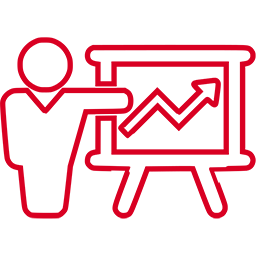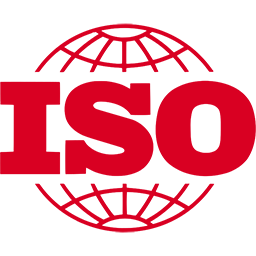
In the automotive industry and its supply chain, it is increasingly important to respond to new technologies, changing markets and ever-increasing demands for quality and safety. The product may be placed on the market only if it does not endanger the safety and health of persons, if it is intended or foreseeable.
Not only individual OEMs, but organizations throughout the supply chain are obliged to ensure the safety and conformity of their products (for example, in the Volkswagen Group's request in Formel Q). It is important to comply with the legislative requirements for product integrity and security requirements in the country of shipment as well as in the country of use of the product or service. If products prove to be "dangerous" on the market, the organization is obliged to take the necessary measures to protect customers or the general public. The resulting duty of care is the basis for properly addressing safety and compliance issues. In order for those responsible in the organization to be aware of and understand the requirements for a product safety and compliance representative, they must have comprehensive information and qualifications in this area.
IATF 16949 highlights this topic in chapter 4.4.1.2 Product safety. The new VDA volume "Product Integrity" has raised this issue on a broader basis, so that the requirements do not only apply to customers, but also to all companies in the supply chain who are to focus on this standard. Previously, the "PSB - Product Safety Officer" function thus became the "PSCR - Product Safety and Compliance" function.
By completing the "PSCR - Product Safety and Compliance Officer" training, you will meet one of the specific requirements of the OEM and the requirements of IATF 16949 (two-day training). If you have already completed the "PSB - Product Safety Officer" training and are working in this position, you only need to complete its setup (one-day training). The training emphasizes the requirements of the Volkswagen Group, as well as other German automobiles (BMW, Daimler, etc.). After the training, you will be able to identify risks, identify and minimize them in current and new projects based on real examples.






At the end of February this year, the European Commission issued a proposal to ease ESG reporting obligations. The aim of the proposal is to reduce the administrative burden on businesses associated with sustainability reporting. The proposal responds to the need to strengthen EU competitiveness and align regulation with the real opportunities for businesses.
More
AIAG members and Odette - together with established industry partners and stakeholders have decided to release a new version of MMOG/LE, in order to support the following objectives for a more stable and predictable supply chain.
More
ISO / IEC 17025 is a standard that applies to laboratories in various industries and ensures that standards for laboratory testing and calibration are followed in practice.
More
Recently, we have begun to accumulate events that we are not used to in our latitudes. Apart from the pandemic, we have certainly all caught a tornado in Moravia and other extreme weather events. ISO 22301 specifies business continuity requirements and rules and helps companies recover quickly from unforeseen events. Its aim is to prepare companies and protect them in the event of such an exceptional unforeseen event.
More